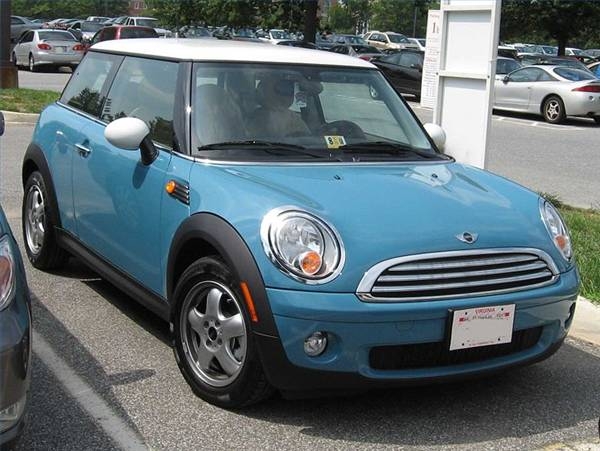
With the price of gas seemingly rising every day, people are understandably concerned about ways to increase the fuel efficiency of their vehicles. One question that rises occasionally is "How much gas does it take to start a car?" Because a car needs to be started in order to run, there's not much you could do about the how much gas is used to start a car. Still, let's look at how fuel is used and in what quantity to start your car's engine.
Turn the key in your ignition, and the starter motor begins turning the engine. The crankshaft begins moving the pistons inside the cylinders. Air and fuel are drawn into the cylinders. It is compressed, and then the spark plugs fire, which ignites the fuels and begins the combustion process. The car has now started.
It takes about 1/2 teaspoon of gas to start the engine. The amounts can vary, depending on the number of cylinders in the car, but as an average guide it is accurate. The engine only needs enough fuel for the initial explosion within the cylinders. The more cylinders the engine has, the more fuel will be used for ignition. Once that combustion has started, the car has started. The fuel burned after the initial combustion is actually idling the engine.
If you are sitting in the car, and the engine is idling, know that you are getting negative gas mileage. You are using fuel without going anywhere. Many people believe it takes more fuel to start a car than it does to sit idle. How this belief got started is unknown, but it probably has to do with the fact that in many situations, you will expend more energy to reach a level where you can coast or idle. This is true with starting a business, studying for a test, even driving uphill compared with driving on flat ground. It's not fully analogous, though. Fuel is used only in the initial ignition of an engine that first second. Anything after that is part of the engine idling. The number varies, but if you are idling the car anywhere from 30 seconds to a minute, you are burning more fuel than is used for the initial ignition. Again, the time range is dependent on the size of the engine. Four-cylinder engines would be closer to 30 seconds, and eight cylinder engines would be closer to the one-minute limit. That means if you are going to sit still for more than a minute, it uses less fuel just to restart the engine. Remember that the next time you are sitting in traffic and not moving.